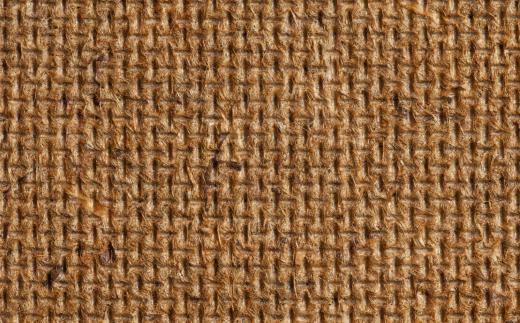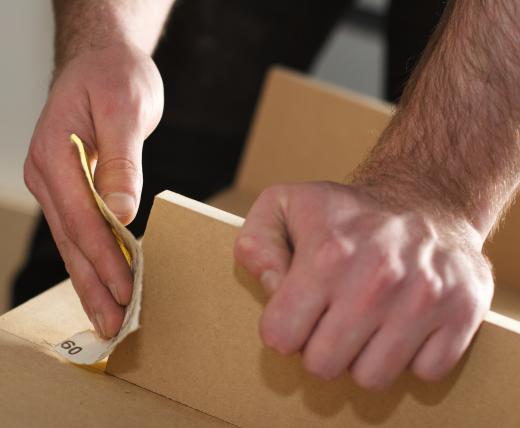Urea formaldehyde (UF) is a cost-effective thermosetting resin that is widely used in the wood product industry. These resins cure easily and are scratch resistant. They are mainly used in the manufacture of pressed wood products.
In the laboratory, urea formaldehyde resins are prepared by treating urea with formaldehyde in an alkaline or neutral medium to produce dimethylol urea, which then undergoes polycondensation, a chemical process that results in a polymer, when heated in an acidic medium. This resin is primarily used as an adhesive in the medium density fiberboard (MDF) industry because it can be manufactured at very low cost from easily available raw materials. MDF is used for the manufacture of furniture, floor panels, indoor construction materials, and more.

The major drawback of this resin is that it hydrolyzes, or decomposes, in extremely humid conditions and at high temperatures, which limits its usage as an outdoor construction material. Further, when pressed wood products made with it are used indoors, there is a noticeable increase in the formaldehyde levels in indoor air. The increased usage of pressed wood products, such as fiberboards, particle boards, and hardwood plywood paneling, within a limited space can be considered a significant reason for deterioration in the indoor air quality (IAQ).

Formaldehyde emissions beyond a certain level — above 0.1 parts per million — can have toxic effects on the humans. It can cause breathing difficulties, dizziness, skin irritation, and nausea. An increase in formaldehyde levels in the air may also trigger asthma attacks in asthmatic patients. Some people are also allergic to formaldehyde, which is a confirmed carcinogen.

In the past, urea formaldehyde foam insulation (UFFI) was installed in wall cavities of houses for the purpose of energy conservation. Eventually, the possible health risks due to formaldehyde emissions lead to its ban in most countries by 1980. Old houses, especially ones constructed during the 1970s, often still have UFFI installed in them, but the amount of formaldehyde emissions in these houses is considerably lower than that in newer homes. This is mainly due to an increase in the usage of pressed wood products in cabinets, furniture, and other indoor construction materials.

Formaldehyde testing can be carried out in specific laboratories by means of indoor air sampling. Indoor formaldehyde testing kits are also available. The use of pressed wood products containing phenol-formaldehyde (PF) resins, which are also known as "exterior-grade" pressed wood products, considerably reduces the emission of formaldehyde. Further, the formaldehyde levels in indoor air can be reduced by using air conditioners and dehumidifiers, and by providing sufficient ventilation to the rooms.
